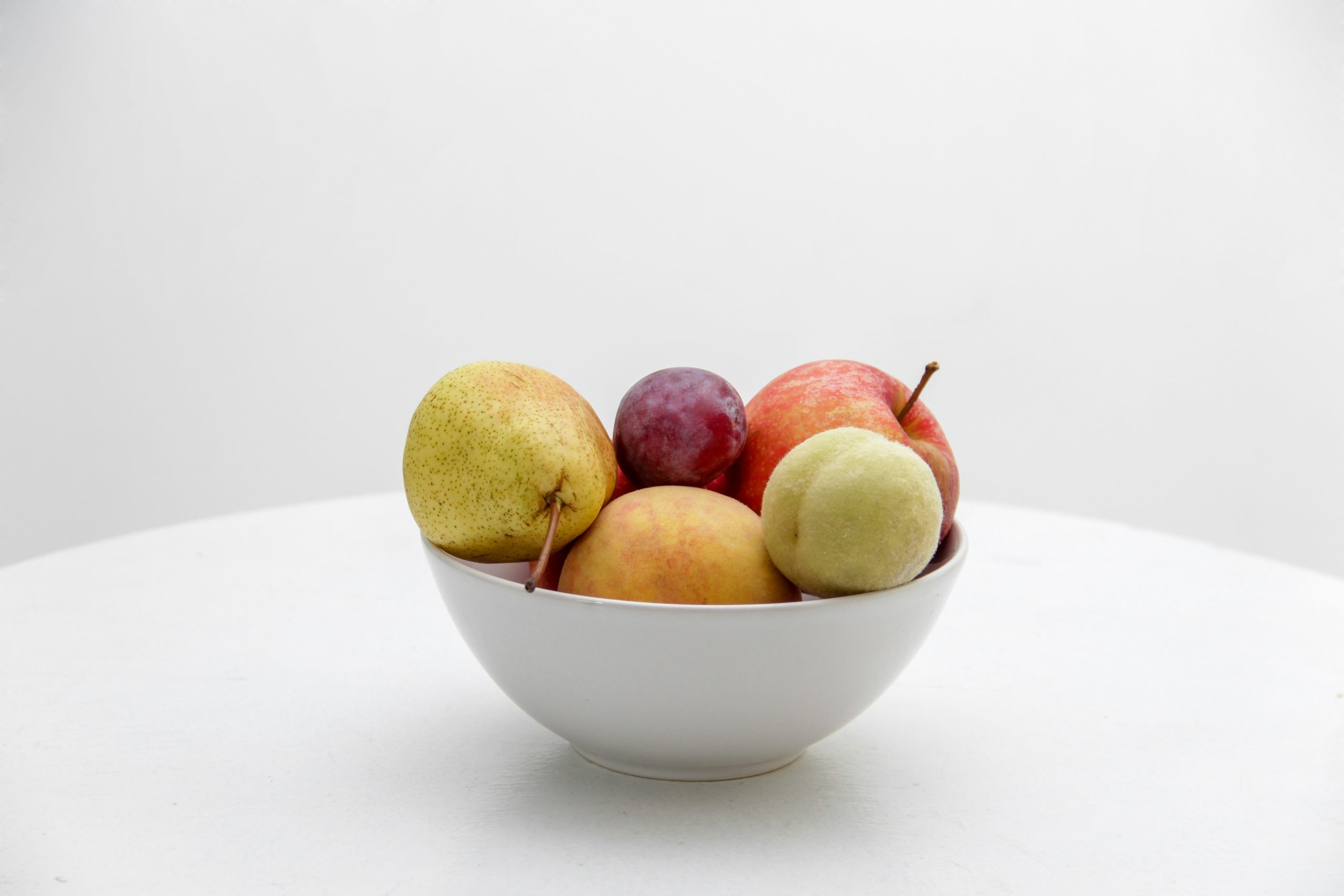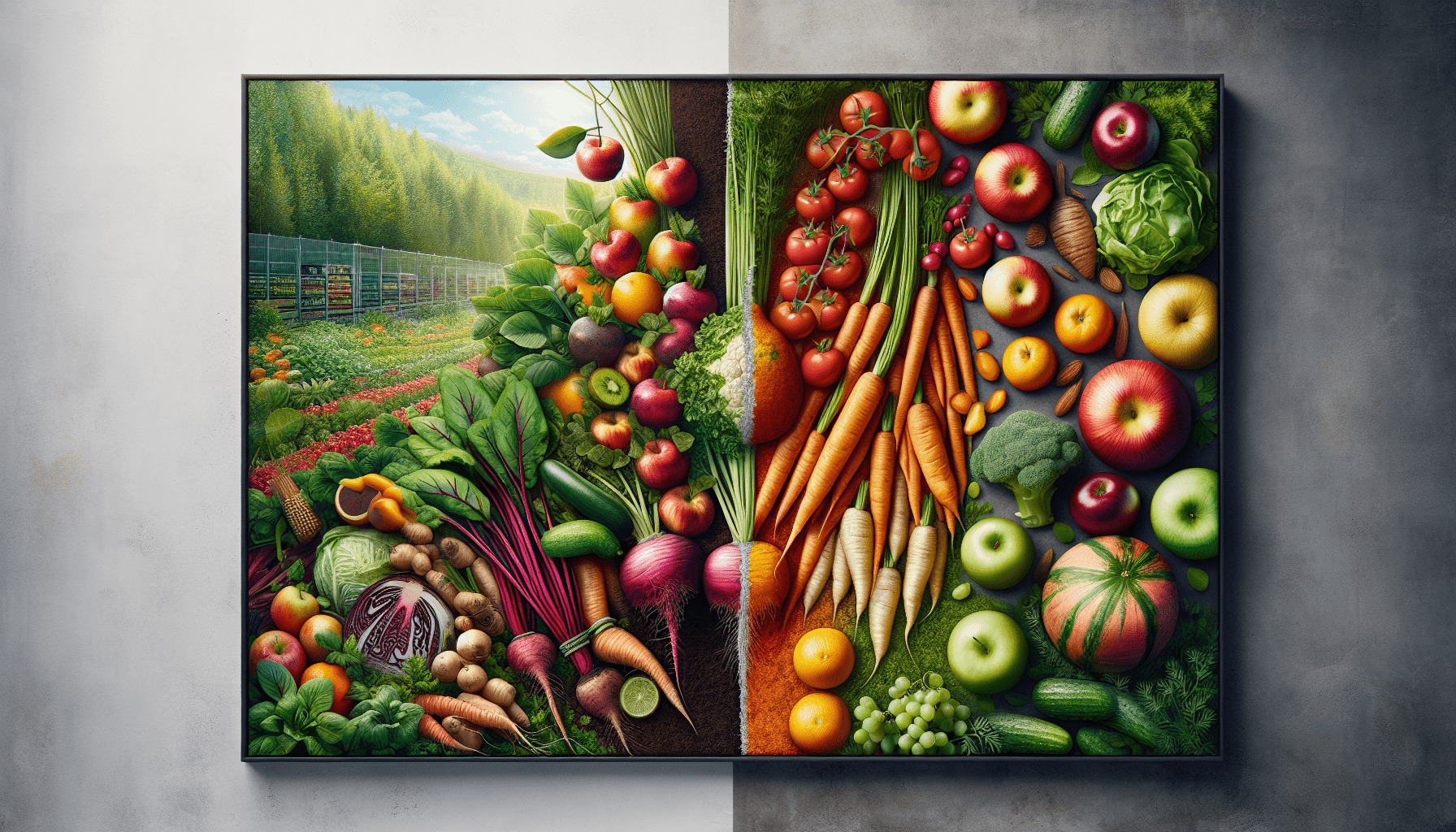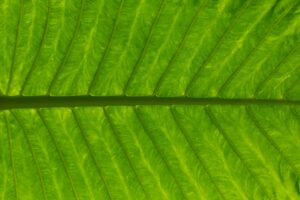In our journey to understand the difference between organic and non-organic food, we uncover insights that help us make informed choices about what we eat. Organic food is produced without synthetic pesticides, fertilizers, or genetically modified organisms, while non-organic food may utilize these methods to enhance growth and yield. By exploring the benefits and drawbacks of both, we aim to better grasp how these differences impact our health, the environment, and our overall well-being. Have you ever stood in a grocery store aisle, staring blankly at your options, and wondered what the difference is between organic and non-organic food? We’ve all been there, contemplating brightly labeled packages that tout the virtues of “organic” living. With so much information (and misinformation) swirling around these terms, it’s easy to feel overwhelmed. In today’s article, we aim to simplify these concepts and help you make more informed choices about what you eat.

What is Organic Food?
To start, let’s dive into what organic food actually is. Organic food is grown and processed according to specific guidelines that promote ecological balance and conservation of biodiversity. This includes a strong focus on using natural substances and farming techniques rather than synthetic ones.
Organic Farming Practices
Organic farming involves several key practices aimed at preserving the environment. Here, we break down some of the primary tactics used in organic agriculture:
- No Synthetic Pesticides or Herbicides: Organic farmers use natural methods like crop rotation, hand-weeding, and natural pest predators to manage weeds and pests.
- No Genetically Modified Organisms (GMOs): Organic products are free from genetically engineered ingredients.
- Soil Management: Techniques such as composting, green manures, and crop rotations are used to maintain healthy and fertile soil.
- Animal Welfare: Livestock raised organically must be given organic feed, access to the outdoors, and cannot be given antibiotics or growth hormones.
Organic Certification
For a product to be labeled as organic, it must go through a stringent certification process. In the United States, this is overseen by the USDA. There are varying levels of organic certification, including:
| Label | Description |
|---|---|
| 100% Organic | Products made entirely with certified organic ingredients. |
| Organic | Products made with at least 95% organic ingredients. |
| Made with Organic Ingredients | Products made with at least 70% organic ingredients. |
| Specific Organic Ingredients Mention | Products with less than 70% organic ingredients can list specific organic ingredients. |
What is Non-Organic Food?
Non-organic food, often referred to as “conventional” food, is grown using a different set of guidelines. This includes the use of synthetic chemicals and GMOs and less stringent animal welfare standards.
Conventional Farming Practices
Conventional farming methods tend to focus on maximizing yield and reducing costs, relying on synthetic chemicals and genetically engineered organisms. Here are some key practices:
- Synthetic Pesticides and Herbicides: Utilized to effectively control pests and weeds.
- Genetically Modified Organisms (GMOs): Used to create crops that are more resistant to pests and diseases.
- Synthetic Fertilizers: Employ chemicals to enrich soil and boost crop yields.
- Animal Husbandry: Livestock may be given antibiotics and growth hormones to maximize growth and reduce disease.
Certification and Labeling
Unlike organic foods, conventional foods do not require any special certifications beyond general safety standards set by agencies like the FDA. This means that there is greater flexibility but also greater variation in how these foods are produced and processed.
Nutritional Differences
A common question we hear is whether organic food is nutritionally superior to non-organic food. While the debate is ongoing, some studies suggest that organic foods may have higher levels of certain nutrients and antioxidants.
Understanding the Difference Between Organic and Non-Organic Food
Vitamin and Mineral Content
Research indicates mixed results when it comes to nutrient levels in organic vs. non-organic foods. For instance, some studies have found slightly higher levels of certain vitamins and minerals in organic produce. However, the differences are often small and may not significantly impact overall health.
Antioxidants
Organic produce, particularly fruits and vegetables, has been found to have higher antioxidant levels. Antioxidants are crucial for fighting free radicals in our bodies, which can reduce the risk of chronic diseases.
Contaminants and Additives
One clear advantage of organic food is its lower levels of pesticide residues and synthetic additives. This can be an important factor for those concerned about long-term exposure to these chemicals.
| Aspect | Organic Food | Non-Organic Food |
|---|---|---|
| Pesticide Residues | Significantly lower | Higher levels |
| Additives | Minimal or none | May contain artificial additives and preservatives |
| Antibiotics | Not allowed in livestock | Allowed in livestock |
| Growth Hormones | Not allowed in livestock | Allowed in livestock |
Environmental Impact
The effect of farming practices on the environment is another crucial consideration. Organic farming tends to be more environmentally friendly, but it’s helpful to understand why.
Soil Health
Organic farming practices, such as crop rotations and composting, work to maintain and enhance soil health. Non-organic practices often rely on synthetic fertilizers, which can degrade soil over time.
Water Usage and Pollution
Organic farms tend to use water more efficiently and are less likely to contaminate water supplies with chemical runoff. Conventional farms, on the other hand, often contribute to water pollution due to synthetic pesticide and fertilizer use.
Biodiversity
By steering clear of synthetic chemicals and focusing on natural farming techniques, organic farms are more supportive of wildlife and biodiversity. Conventional farming can lead to reduced biodiversity due to the use of chemicals and monoculture practices.

Cost and Accessibility
One of the main hurdles we face when choosing organic foods is the higher cost. Organic foods can be more expensive due to labor-intensive farming practices and lower yields. Let’s explore why this is and how we might navigate these challenges.
Why is Organic Food More Expensive?
Several factors contribute to the higher price of organic food:
- Labor-Intensive: Organic farming requires more hands-on labor, from pest control to soil management.
- Lower Yields: Without synthetic pesticides and fertilizers, organic farms often produce lower yields.
- Certification Costs: Getting certified as organic is an expensive and time-consuming process.
Making Organic Choices on a Budget
Not everyone can afford to eat organic all the time, and that’s okay. Here are some tips to help strike a balance:
- Prioritize: Focus on buying organic versions of produce that are most likely to have pesticide residues, often referred to as the “Dirty Dozen.”
- Buy in Season: Organic food that is in-season is typically cheaper and fresher.
- Shop at Farmers’ Markets: Buying directly from producers can sometimes cut costs.
- Grow Your Own: Even a small herb garden can offset some costs and ensure organic quality.
Health and Safety Concerns
Another significant aspect we consider when choosing between organic and non-organic foods is health and safety. While both types of food are generally considered safe to eat, there are specific considerations for each.
Pesticide Exposure
Organic foods are generally lower in pesticide residues, which is attractive to those wanting to minimize chemical intake. In contrast, non-organic foods can contain higher levels of these residues, although they are typically within safe limits set by regulatory bodies.
Foodborne Illness
The risk of foodborne illnesses is another point of discussion. For instance, organic produce is grown with natural fertilizers like manure, which could contain harmful bacteria if not properly managed. However, stringent guidelines are in place to mitigate these risks.
Antibiotic Resistance
One notable benefit of organic meat and dairy products is the absence of antibiotics, which can contribute to antibiotic resistance. This is a growing public health concern, making organic animal products a preferable choice for some.

Flavor and Taste
Flavor is another factor that could influence our choices. Many people report that organic foods taste better, but this can be highly subjective.
Freshness
Organic foods are often fresher because they don’t contain preservatives meant to extend shelf life. This can result in a more vibrant taste, especially for fruits and vegetables.
Farming Methods
The soil health and natural farming methods used in organic agriculture could contribute to richer flavors. However, this is an area where personal preference plays a significant role, and there is a lot of individual variability in taste perception.
Making an Informed Decision
Choosing between organic and non-organic food boils down to a variety of factors including budget, health preferences, and environmental concerns. Here’s a quick checklist to help make more informed decisions:
- Health Concerns: Are you trying to minimize exposure to pesticides and additives?
- Environmental Impact: Do you prioritize sustainable farming practices?
- Cost: Can you afford the often higher price of organic foods?
- Availability: Is organic food readily available to you?
Pros and Cons
To wrap it all up, here’s a quick overview of the pros and cons of both organic and non-organic foods:
| Aspect | Organic Food | Non-Organic Food |
|---|---|---|
| Health Benefits | Lower pesticide residues, no synthetic additives | Generally safe but may contain more chemicals |
| Environmental Impact | Eco-friendly, promotes biodiversity | Can contribute to pollution and reduced biodiversity |
| Cost | Generally more expensive | Usually cheaper |
| Availability | Can be less readily available | Widely available |
| Taste | Often considered fresher and more flavorful | Varies widely, usually longer shelf life |

The Bottom Line
At the end of the day, the choice between organic and non-organic food is a highly personal one, influenced by a mix of economic, health, and ethical considerations. By understanding the key differences, benefits, and drawbacks, we can make better choices that align with our individual values and circumstances.
We hope this article has offered clear, comprehensive insights into the complex topic of organic versus non-organic food. Armed with this knowledge, let’s make more informed choices for ourselves and our families. Happy eating!



